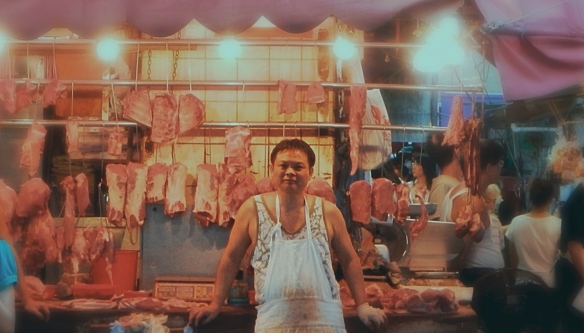
Xintiandi neighbourhood redevelopment in Shanghai as viewed from an upper floor of the Langham Hotel.
In Shanghai, some distance from the Iconic Bund, is a relatively new tourist district called Xintiandi. Surrounded by skyscrapers, the district is a pedestrian area comprised of upmarket shops, many of which are global brands (e.g., Starbucks, Shanghai Tang, Vidal Sassoon). The site is an example of heritage type preservation whereby buildings are repurposed for commercial use. While building facades remain, the original purpose of the buildings, and often their interiors are stripped away. The Xintiandi area is comprised largely of redeveloped Shikumen houses, which were smaller workers houses. Somewhat ironically, this site of tourism and global commerce was also the site of the First National Congress of the Chinese Communist party.






You must be logged in to post a comment.